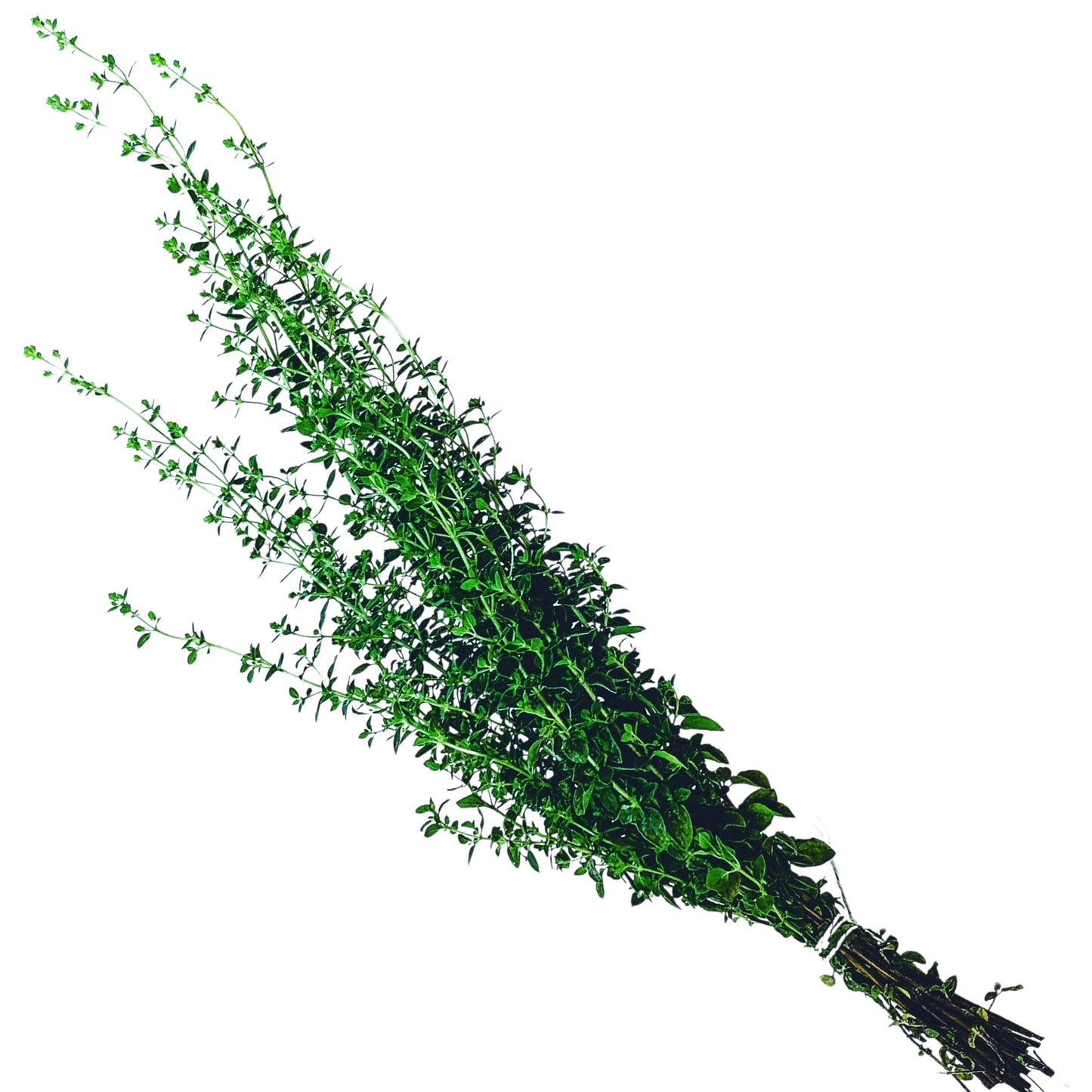JONQUIL
Oregano Wild Marjoram - 0.1 Gram
Oregano Wild Marjoram - 0.1 Gram
Couldn't load pickup availability
Wild Marjoram, also known as Common Oregano, is a hardy, aromatic perennial herb native to Europe, North Africa, and temperate Asia. In the wild, it grows in dry meadows, woodland edges, and sunny slopes. It's a cousin to Greek oregano, but with a milder, sweeter flavor and a more ornamental appearance. Not just a culinary herb, Wild Marjoram is also valued in landscaping, herbal medicine, and for pollinator gardens.
Botanical name: Origanum vulgare
Common names: Wild Marjoram, True Oregano, Common Oregano
Family: Lamiaceae (mint family)
Type: Perennial herb
Height: 30–80 cm tall
Spread: 40–60 cm wide
Growth Habit: Upright to spreading; bushy with square stems
Leaves: Oval, mid- to dark green, 2–4 cm long, aromatic when crushed
Flowers: Small pink to purple blooms, clustered at stem tips in summer (June–September)
Aroma/Flavor: Warm, pungent, slightly bitter, and earthy — stronger when dried
Hardiness: Hardy to around -15°C to -20°C; tolerates frost
Soil: Well-draining, light, preferably sandy or loamy
Sunlight: Full sun for best oil concentration and flavour
Pollinators: Loved by bees and butterflies
Sowing Indoors (for a head start):
Late winter to early spring
Sow seeds in trays or pots filled with fine-seed compost
Surface sow – light aids germination
Lightly mist and keep at 18–22°C
Germination takes 7–21 days
Prick out and pot on when large enough to handle
Direct Sowing Outdoors:
Late spring, once all risk of frost has passed
Lightly rake and weed a sunny, free-draining spot
Thin or transplant to 25–30 cm apart
Sow shallow - just press seeds into the soil or sprinkle a light dusting of compost
Planting Out Seedlings:
After hardening off in mid- to late spring
Spread 30 cm apart
Full sun with good air-flow; dry soils preferred
Growing Tips:
Water moderately – oregano is drought-tolerant once established
Avoid rich soil and fertilizer – they can reduce flavour
Prune after flowering or in early spring to encourage bushiness
Can be grown in pots or rock gardens too
Harvesting:
Start harvesting once plants are about 15–20 cm tall
Cut stems in the morning after dew dries, just before flowering for best flavour
Dry bunches upside down in a warm, airy place
Cut back hard after flowering to prevent leggedness
Pests:
Aphids
Distorted new growth, sticky residue
Blast off with water, neem oil, encourage beneficial insects
Spider Mites (especially in hot dry weather)
Fine webbing, stippled leaves
Rinse regularly, increase humidity, insecticidal soap if needed
Flea Beetles
Tiny holes in leaves
Floating row covers, trap crops, diatomaceous earth
Leaf Miners (rare)
Winding trails inside leaves
Remove and destroy affected leaves
Diseases:
Root Rot
Caused by poor drainage or overwatering
Prevent with raised beds or sandy soil
Powdery Mildew (occasionally)
White powder on leaf surfaces
Improve spacing and airflow, avoid overhead watering
Share


